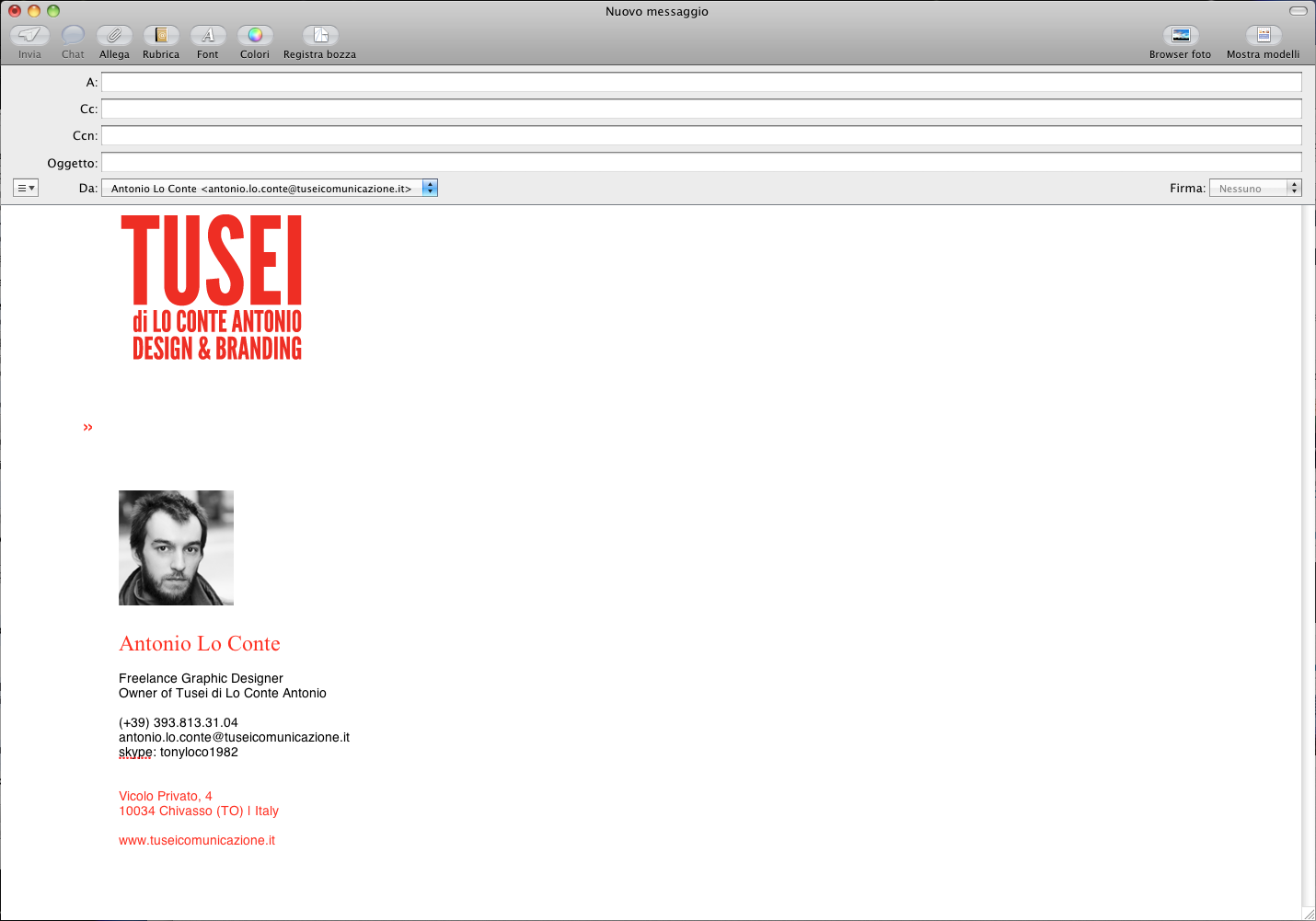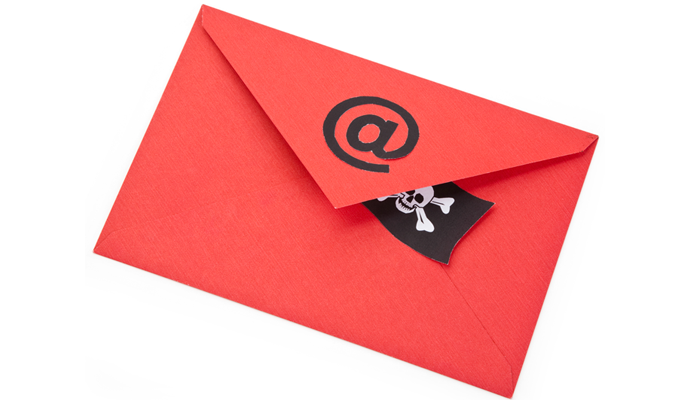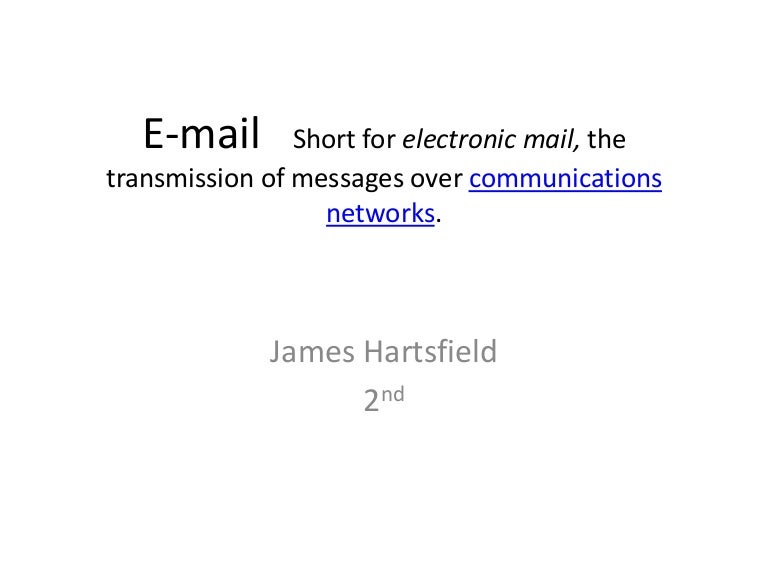
The classic format results in “cferguson.” 2.
#PERSONAL MAILS PROFESSIONAL#
For all of these, we’ll use the example name “Charles Xavier Ferguson.” Here’s a list of professional email address ideas for business. There are many typical structures you could try, most of which offer similar familiarity and value. Let’s start by taking a look at everything before the the “name” portion of your email address.

People are familiar with the structures and rhythms of “typical” professional email addresses, so why mess with their intuitions by providing them something unusual? For the most part, conventional formats are ideal for your email address. But if your name is Darren Ying, or Steven Hart, that format might result in a name that can be read out loud as something fundamentally different than your name. For example, one common format for an email address name is a first initial followed by a last name. Sometimes, conventional email formatting can result in some unpleasant ambiguities. This is especially important if you’re going to be interacting with customers. You can establish trustworthiness by including a valid, legitimate-sounding domain, and by making the name portion of your address as professional as possible. Your email address should also be trustworthy. If you have to spell out your address letter by letter or symbol by symbol, it’s going to cost you time and increase the likelihood of error. Ideally, your email address will also be pronounceable. All other things being equal, fewer characters is better. Good email addresses tend to be short and sweet. The same typo-avoidance strategy applies here.

The simpler it is, the less likely it will be that someone inputs a typo. Simple email addresses tend to be more memorable, but they also feature another critical advantage-they’re harder to mess up. If you tell someone your email address, is there a good chance they’re going to remember it? Catchy and clever email addresses can work here, but it’s usually better to stick to something simple. These are some of the most important qualities of a good professional email address: But what, exactly, makes for a good email address? It helps you make a good impression, get referrals, and ultimately succeed in a number of different professional areas. The 7 Factors That Make a Good Email AddressĪ “good” email address looks professional and is easy to communicate, both verbally and written. However, if you haven’t chosen a domain yet, there will be some considerations to keep in mind when setting it. Ideally, this will be a custom domain, and if you already have one, you won’t have to think much about it. At the end of the email address is the domain. It’s also a given, so you don’t have to spend much time thinking about it.

This is the part you’ll spend the most time considering, and it has the power to dictate the formatting of all your future email addresses if you’re starting a business. The first part of your email address is your name, or some other specific bit of information that is exclusive to you (or your intended recipients). Your email address will always have three main components: The 3 Components of a Professional Email Address

Department alternatives (general inquiries). Department alternatives (customer service). First name + middle initial + last initial. First initial + middle initial + last name. First initial + middle initial + last initial.


 0 kommentar(er)
0 kommentar(er)
